On April 28, 1918, the 1st Light Tank Battalion was organized at Bourg, France, with Lieutenant Colonel George S. Patton, Jr., in command. Patton had been the first soldier assigned to the fledgling Tank Corps in November 1917. Shortly afterwards, he established the first Army Tank School at Bourg. The first two companies (200 men) reached the school on February 22, 1918. Because no American-made tanks had reached France, Patton had to rely on twenty-five borrowed French Renault tanks in training his men. Two of Patton's staff officers received orders to create a new patch for his men to wear on their uniforms. Based upon his guidance, they came up with the now familiar pyramid or triangle design with the colors red, yellow, and blue, which combine the branch colors of artillery, cavalry, and infantry. Patton immediately paid to have 300 patches sewn in nearby Langres. With this patch and other measures, Patton provided the Tank Corps with its own identity. When organized, the 1st Light Tank Battalion consisted of three companies. By June 6, Patton had enough officers and men in camp to organize the 2nd Light Tank Battalion, also of three companies. Patton then became commander of the 1st Tank Brigade. Word reached Patton on the morning of August 20 that he and his two battalions would soon go into combat. The brigade took 144 Renault tanks into the St. Mihiel Offensive on September 12, with one battalion each supporting the 1st and 42nd Divisions. Over the next two days, the men fought in several small actions and suffered few casualties. The Tank Brigade saw more action during the Meuse-Argonne Campaign from September 26 to November 2, 1918. These battles gave Patton an idea of how better tanks might accomplish greater things on battlefields of the future. He saw the Tank Corps becoming an independent combat arm. Patton himself had learned to adjust quickly to the rapidly changing events on the battlefield. He would brilliantly exhibit this trait during his operations in World War II. The Army's high command and members of the United States Congress did not share Patton's vision. The National Defense Act of 1920 abolished the Tank Corps as an independent arm, and tank units came under control of the infantry. Not until twenty years later, on July 10, 1940, was the Armored Force created. The 1st and 2nd Armored Divisions were activated five days later, and George S. Patton would become commander of the 2nd Armored Division in April 1941. Armored forces played a significant role in World War II, Korea, Viet Nam, and the Middle East. A new heavy tank developed in November 1949 would receive the name M46 Patton. Subsequent models through the M60 would retain the Patton name. Just prior to the fighting at St. Mihiel, Patton instructed his tankers: "No tank is to be surrendered or abandoned to the enemy. If you are left alone in the midst of the enemy keep shooting. If your gun is disabled use your pistols and squash the enemy with your tracks." That spirit of the man and his 1st Light Tank Battalion lives on in the armored forces of today's Army.
The Birth of Armored Forces
By Dr. Arthur W. Bergeron, Jr., U. S. Army Military History Institute, U. S. Army Heritage and Education CenterMarch 26, 2007


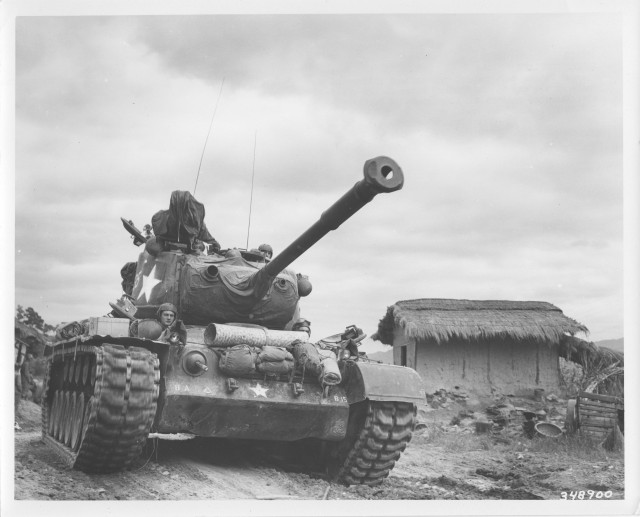

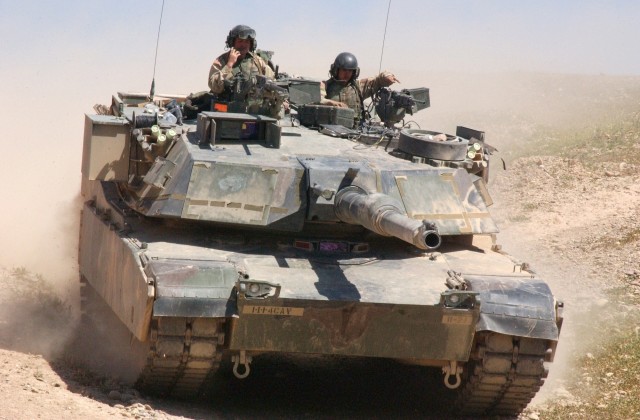



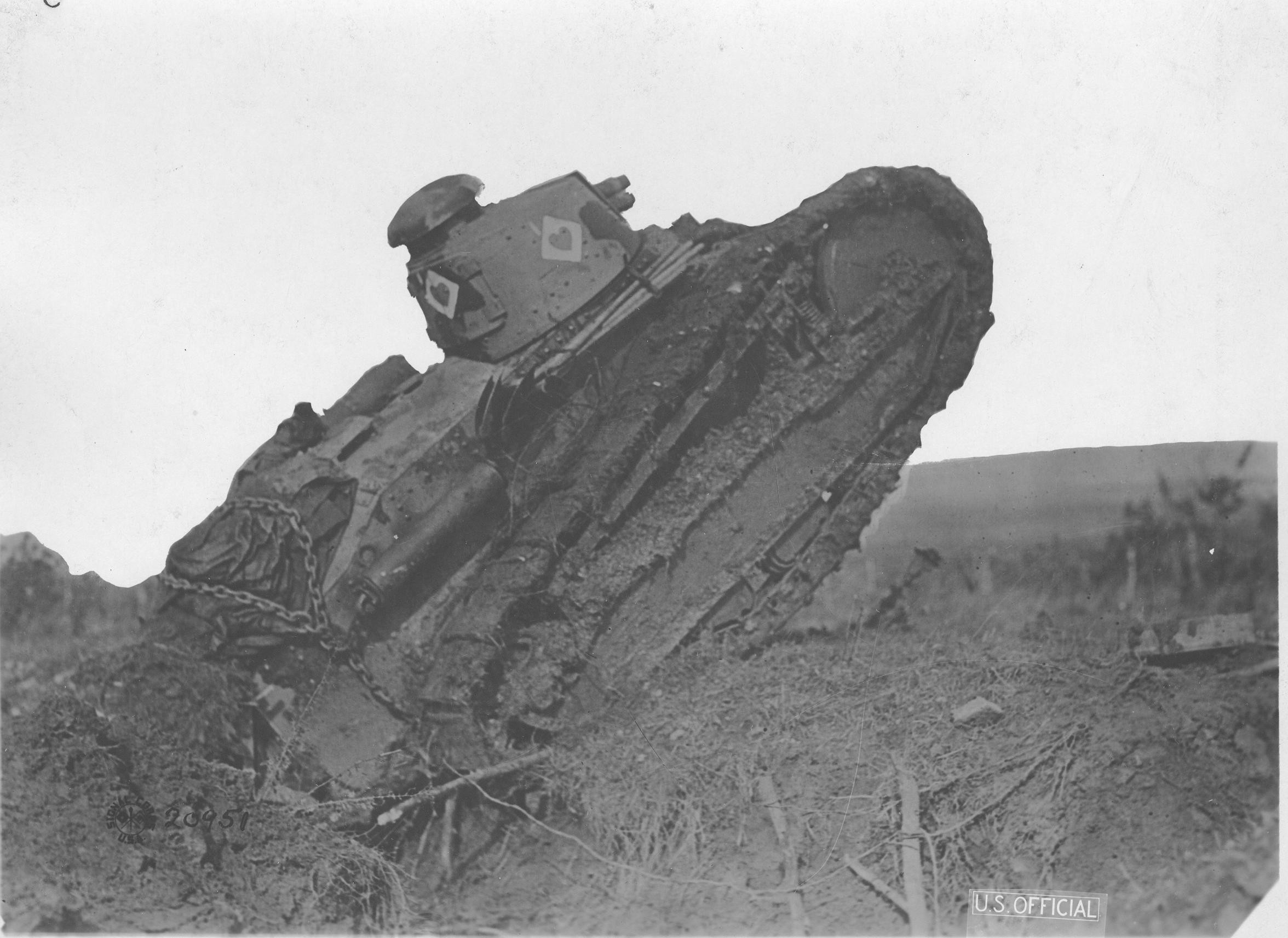
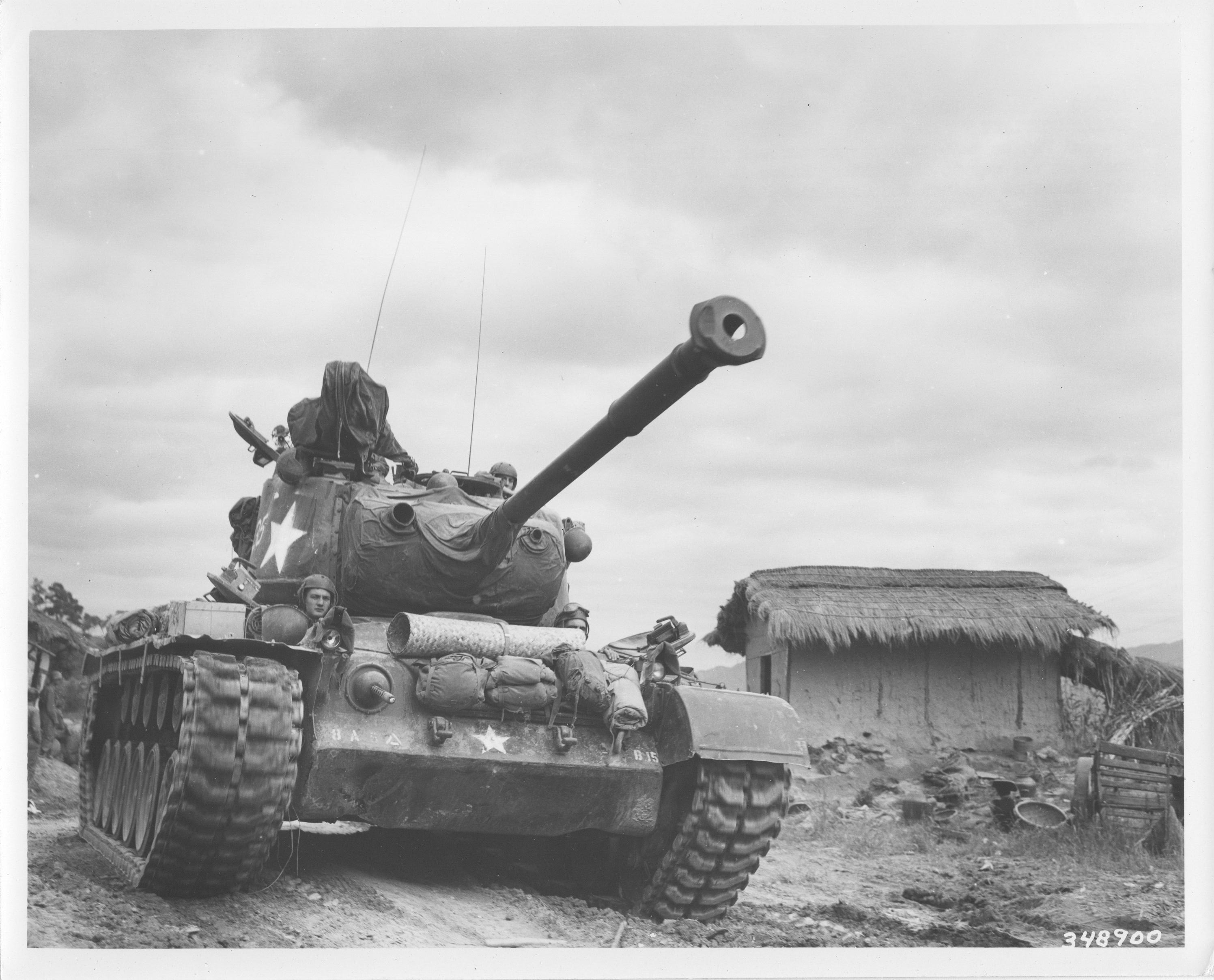

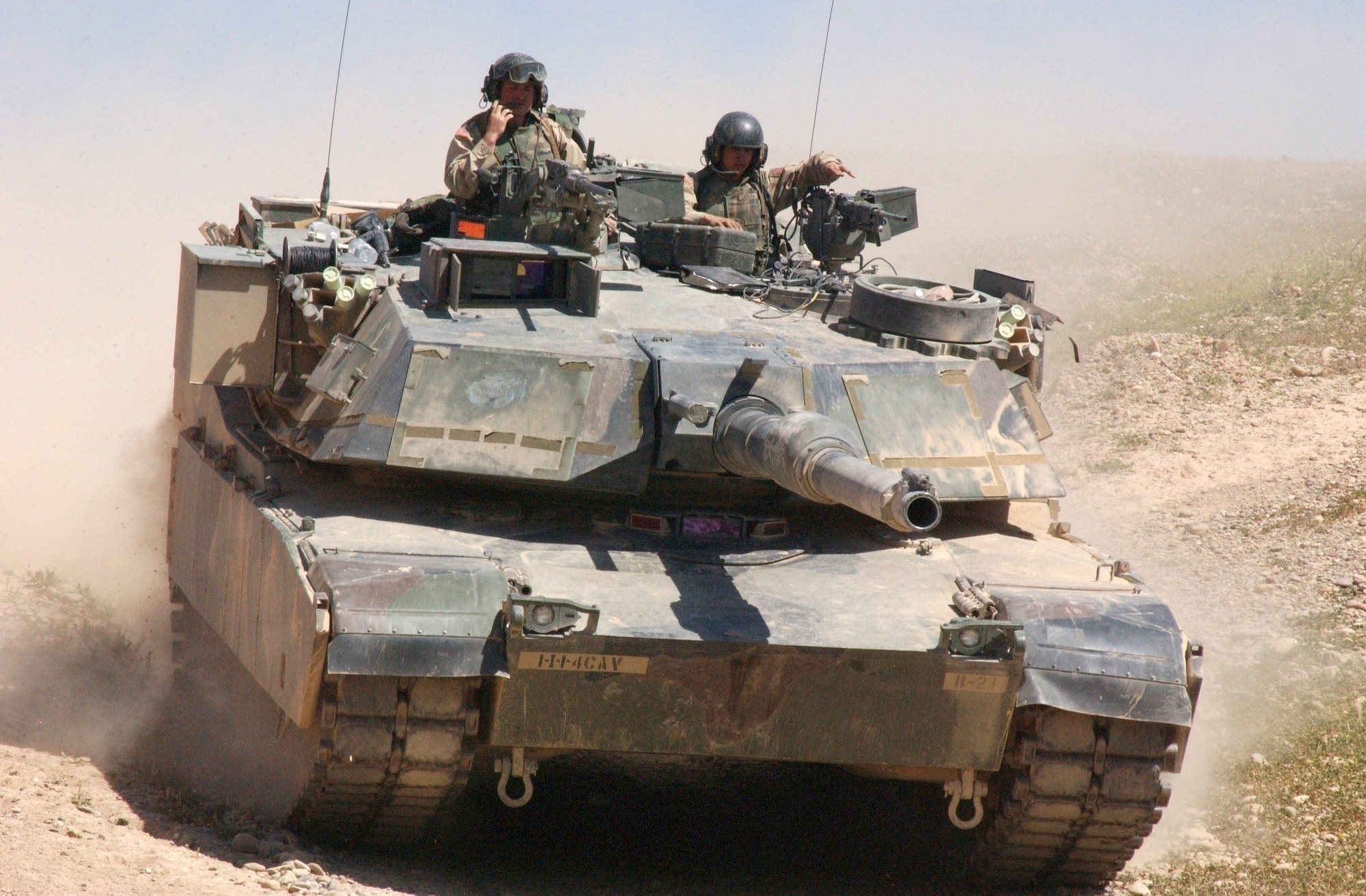

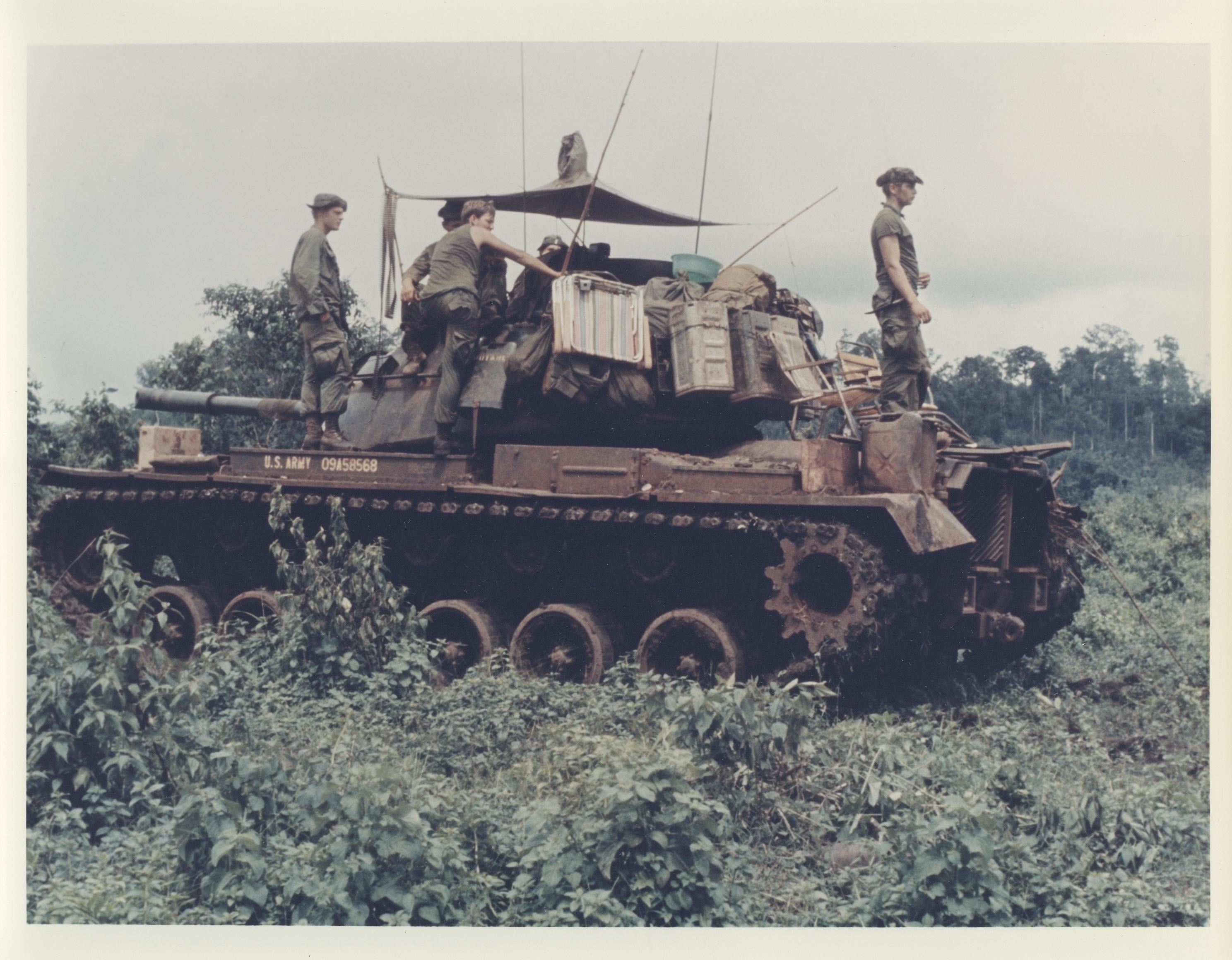
Social Sharing